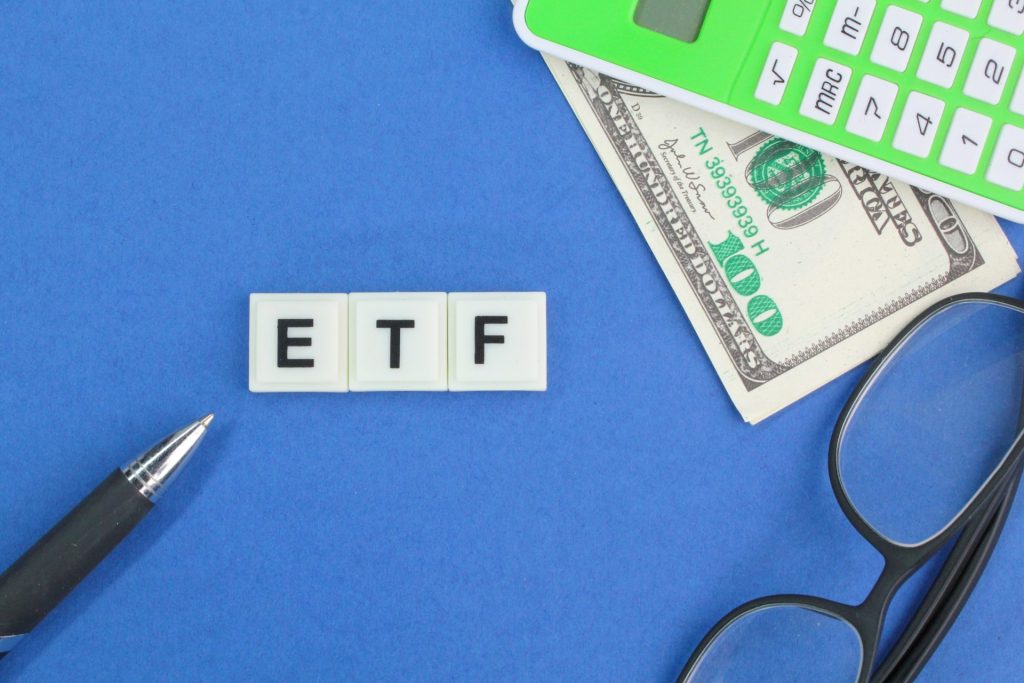
Inverse ETFs Explained: What They Are and When to Use Them
Most investors are familiar with traditional ETFs, which track the performance of a market index or asset. Inverse ETFs, though, flip that idea on its head. Instead of aiming to mirror the market, these funds are built to move in the opposite direction. When the market goes down, they aim to go up.
This might sound like a niche product, but inverse ETFs can actually serve a clear purpose in certain market conditions.
What’s an Inverse ETF?
An inverse ETF is designed to return the opposite of the daily performance of a specific index or asset. If the S&P 500 drops 1 percent in a day, an S&P 500 inverse ETF is built to gain 1 percent that same day.
To do this, they use derivatives like futures and swaps instead of holding actual stocks. These are complex tools, but the idea is straightforward: the fund is set up to profit when the underlying market falls.
How Are They Different From Regular ETFs?
Traditional ETFs follow the market. Inverse ETFs bet against it. That means inverse ETFs are better suited for short-term use, especially during market downturns or when you want to hedge other positions.
Because of their daily reset, inverse ETFs are not meant to be held for long periods. The compounding effect over time, especially in volatile markets, can lead to returns that differ a lot from what you’d expect if you just looked at the index’s overall movement.
Types of Inverse ETFs
Single Inverse ETFs (–1x)
These aim to match the opposite of the daily return of an index. They’re used mainly for short-term hedging or bearish trades.
Leveraged Inverse ETFs (–2x or –3x)
These take it further by trying to return two or three times the inverse of a daily move. That means if the index falls 1 percent, a –3x ETF aims to return 3 percent. These come with much higher risk and are mostly used by experienced or institutional investors.
What Do They Track?
Most inverse ETFs follow big equity indexes like the S&P 500, NASDAQ, or Dow Jones. Some are built around sectors like tech, energy, or financials. Others target commodities or bonds, such as inverse gold or treasury bond ETFs. These are often used as a hedge against rising interest rates or falling commodity prices.
Benefits of Using Inverse ETFs
Portfolio Hedging
If you expect the market to dip, an inverse ETF can help protect your portfolio without the need to sell assets or short stocks directly.
No Margin Account Needed
Unlike short selling, you don’t need a margin account. You can trade inverse ETFs just like a stock or any other ETF.
Transparency and Liquidity
Most of the popular inverse ETFs are liquid and easy to track. You can see what’s inside and what it’s doing in real time.
The Risks You Should Know
Short-Term Focus Only
These are daily tools. If you hold them for too long, the returns can stray far from what you’d expect. That’s because of how they reset daily and how compounding works.
Volatility Drag
In bumpy markets, even if the index ends up lower over time, the back-and-forth can eat into inverse ETF returns.
Not Beginner Friendly
You need to understand how these funds work. A lot of investors misuse them and end up with losses that could have been avoided.
Tracking Issues
Because they rely on derivatives, fees, and strategies that might not be perfect, some inverse ETFs can underperform their targets.
Inverse ETFs vs Short Selling
Inverse ETFs are a simpler alternative to short selling. They carry limited risk, since you can’t lose more than what you put in. Shorting stocks, on the other hand, has unlimited downside.
For individual investors, inverse ETFs are usually easier to access and involve lower costs. You don’t need special permissions or a margin account to trade them.
When Might You Use Them?
During Market Corrections
If you expect a short-term dip, inverse ETFs can help offset losses in your other holdings.
Tactical Trades
You might use them to make a quick play on a bearish outlook.
Volatility Plays
Some traders pair inverse ETFs with volatility products to manage risk or exploit swings.
Inverse ETFs offer a way to profit from or protect against falling markets without getting into short selling. They are flexible, accessible, and useful in specific situations, but they come with a learning curve.
They are not long-term investments. They are tools for short-term moves or hedging. If you’re considering using them, make sure you understand how they work, know your time horizon, and are clear on the risks.
If used the right way, they can be a smart addition to your trading toolkit. Used the wrong way, they can get very expensive quickly.